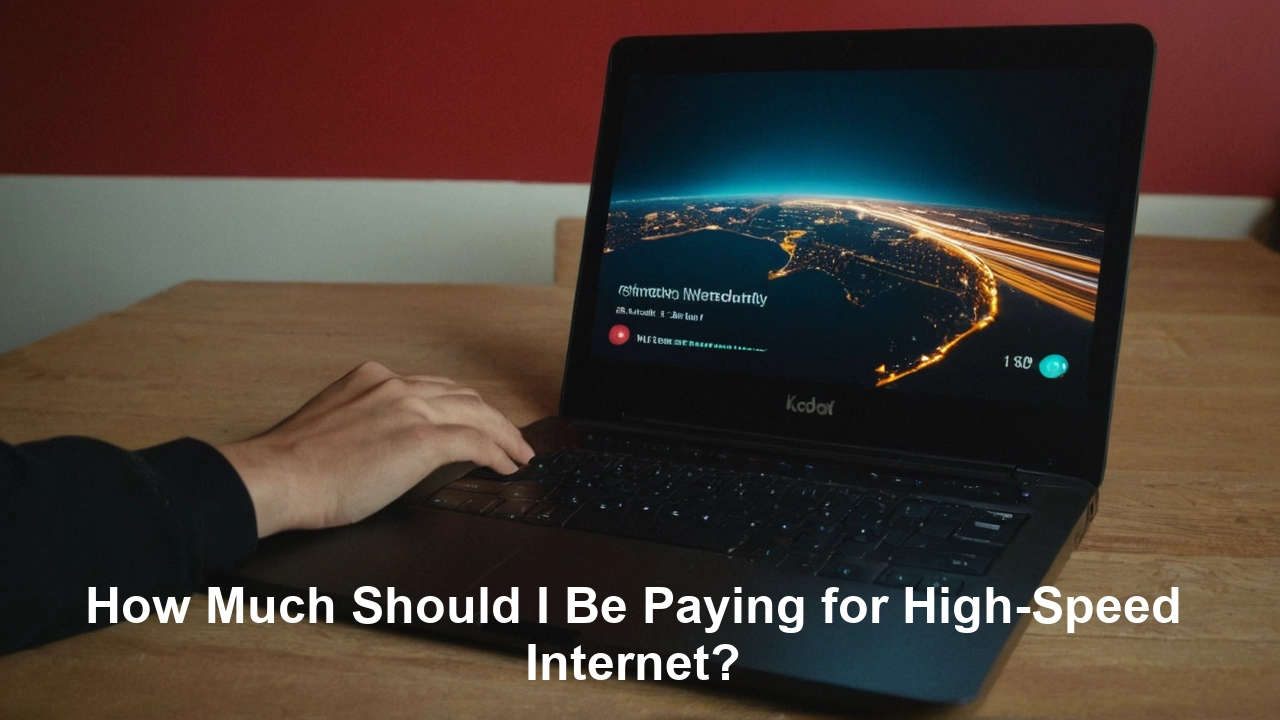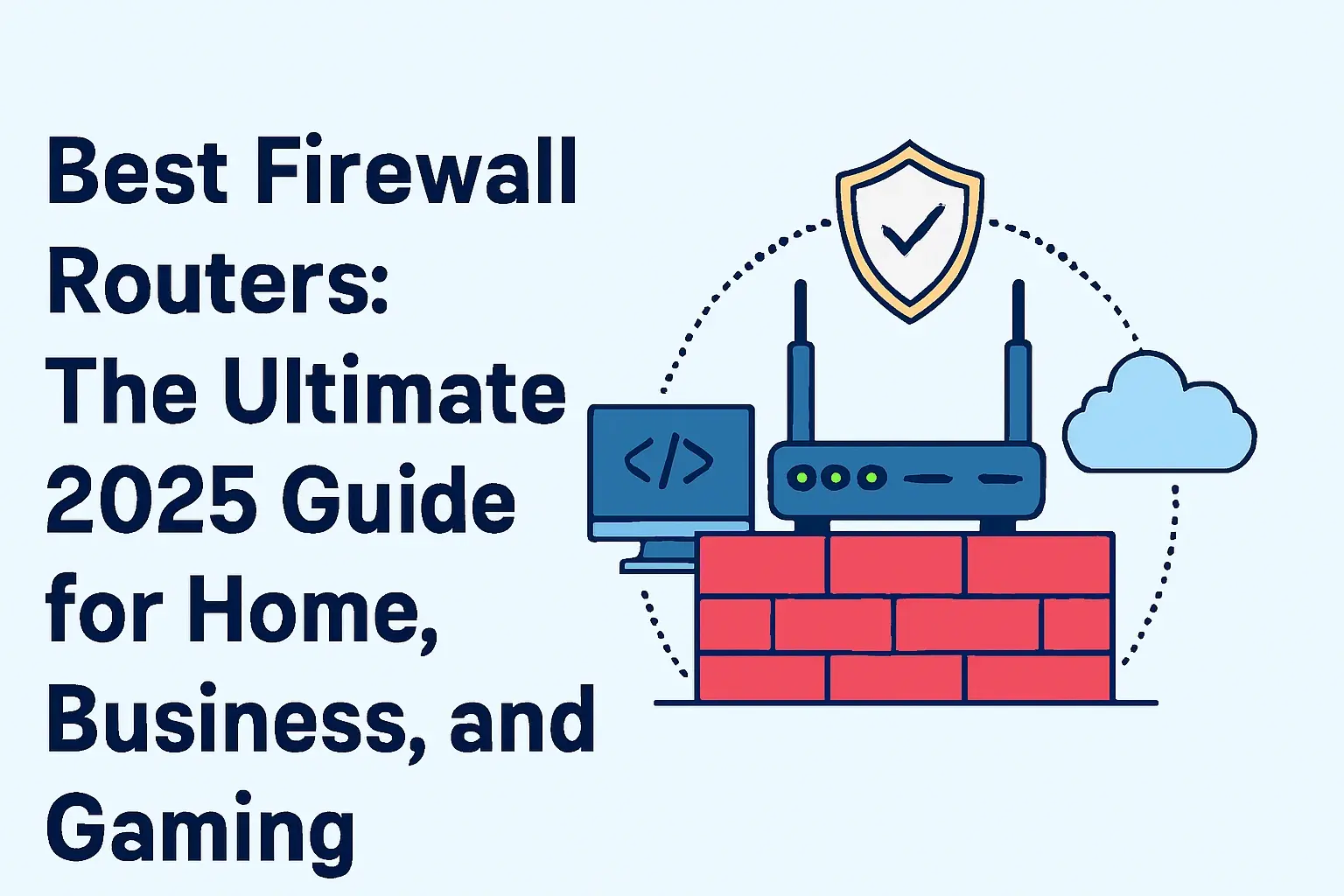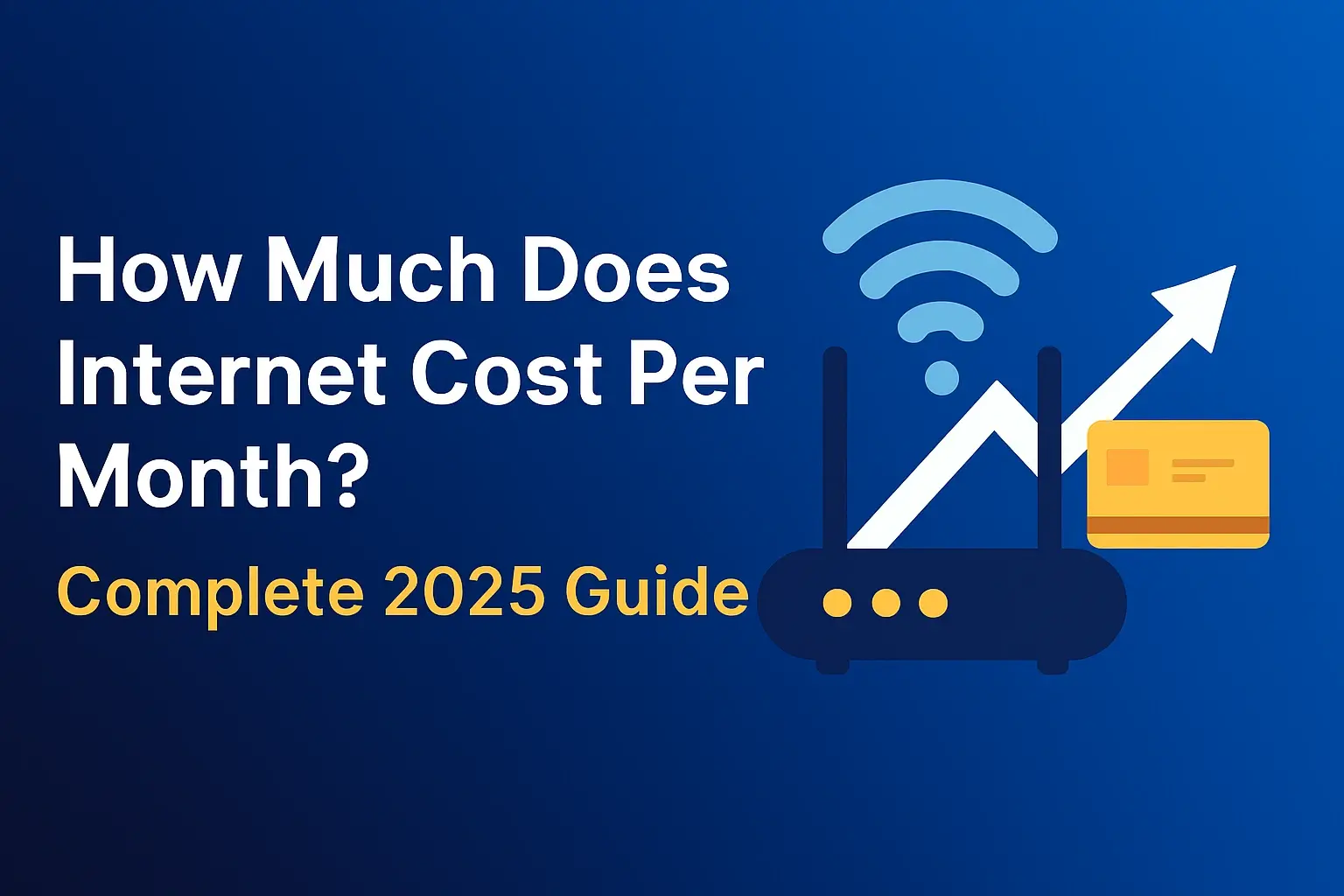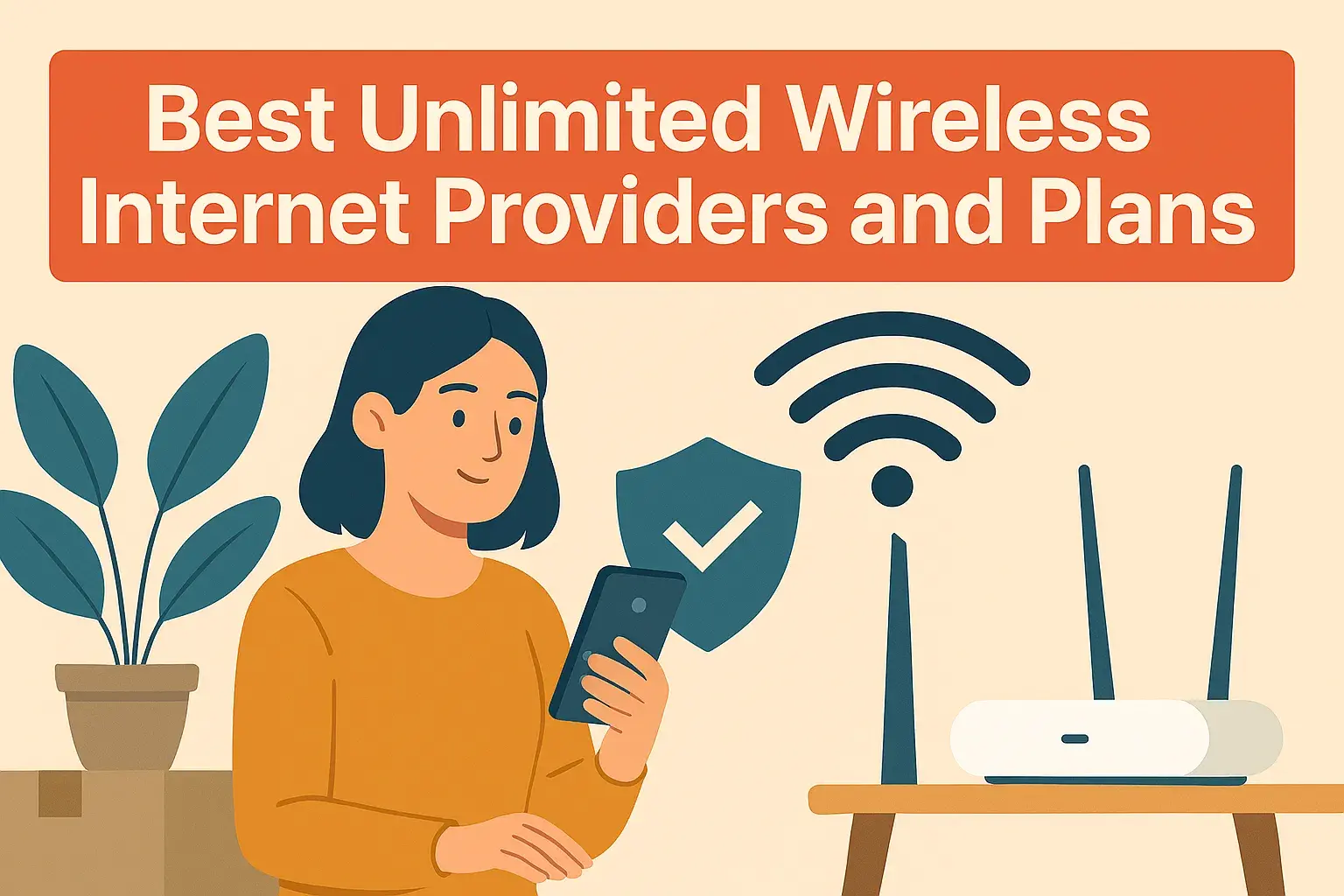
Determining how much you should be paying for high-speed internet in 2025 involves understanding various factors from speed needs to provider pricing. This guide will break down average costs, influencing elements, and strategies to ensure you're getting the best value for your money without overpaying.
Understanding Internet Costs: What Influences Your Bill?
The price you pay for high-speed internet is not a one-size-fits-all figure. Several interconnected elements contribute to the monthly cost. Understanding these components is the first step in assessing whether your current bill is fair or if you're paying too much. Factors range from the type of connection technology used, the speeds offered, the provider's market competition, and even promotional pricing that might expire. We'll delve into each of these in detail to equip you with the knowledge to make informed decisions about your internet service. It's crucial to remember that "high-speed" itself is a relative term, and what constitutes sufficient speed for one household might be inadequate for another, directly impacting the price point.
Average High-Speed Internet Prices in 2025
In 2025, the average monthly cost for high-speed internet across the United States hovers around $70 to $80. However, this is a broad average, and actual prices can vary significantly based on location, provider, and the specific speed tier you select. For instance, basic broadband plans offering speeds around 100 Mbps might cost between $50 and $65 per month, while plans delivering gigabit speeds (1000 Mbps and above) can range from $70 to $100, and sometimes even more, especially in areas with limited competition.
It's important to note that these figures often represent introductory or promotional pricing. Many providers offer lower rates for the first 6 to 12 months, after which the price can increase substantially. Understanding these price hikes is critical for long-term budgeting.
Regional Price Variations
Geographic location plays a substantial role in internet pricing. Urban areas with a high density of providers often see more competitive pricing, leading to lower costs for consumers. Conversely, rural areas, where infrastructure deployment is more expensive and competition is scarce, tend to have higher internet prices, sometimes with slower speeds available. Some studies in 2025 indicate that residents in the Northeast and West Coast may pay slightly more on average than those in the Midwest or South, though this is highly dependent on specific metropolitan versus rural distinctions within those regions.
Provider-Specific Averages (Illustrative 2025 Data)
While specific pricing changes frequently, here's an illustrative look at what typical plans might cost from major providers in 2025, assuming a mid-tier speed (around 300-500 Mbps) in a competitive market:
| Provider | Typical Speed Tier (2025) | Estimated Monthly Cost (2025) | Notes |
|---|---|---|---|
| Xfinity (Comcast) | 300 Mbps Download | $65 - $75 | Often includes modem rental fee, promotional pricing available. |
| Spectrum (Charter) | 300 Mbps Download | $70 - $80 | No data caps, modem included. |
| Verizon Fios | 400/400 Mbps (Fiber) | $65 - $75 | Includes symmetrical upload/download speeds, no data caps. |
| AT&T Internet | 300 Mbps (Fiber/DSL) | $60 - $70 | Pricing varies by technology available. |
| Google Fiber | 1 Gig (Fiber) | $70 - $80 | Symmetrical speeds, no data caps or equipment fees. Availability is limited. |
Note: These are estimates for 2025 and can vary based on specific plan details, promotions, and local market conditions. Always check with providers for current pricing.
Key Factors Affecting Your Internet Bill
Beyond the advertised price, several underlying factors contribute to the final amount you pay each month. Understanding these will empower you to identify potential areas where costs can be reduced or justified.
1. Internet Speed (Bandwidth)
This is the most significant driver of cost. Higher download and upload speeds require more robust infrastructure and technology, thus commanding a higher price. Providers categorize their plans into speed tiers, and the higher the tier, the more expensive the service. For example, a plan offering 100 Mbps will be cheaper than one offering 1 Gbps. It’s crucial to match your needs to the speed tier, as overpaying for excessive speed is a common pitfall.
2. Type of Internet Connection
The technology used to deliver internet to your home impacts both performance and price. Fiber optic is generally the most expensive but offers the best performance. Cable internet is a common and often more affordable alternative. DSL, while widely available, is typically slower and cheaper. Satellite and fixed wireless can be options in remote areas but often come with higher costs and performance limitations. We'll explore these in more detail later.
3. Data Caps and Overage Charges
Some internet plans come with monthly data caps. If you exceed this limit, you can incur significant overage charges, or your speeds may be throttled. While many providers are moving away from strict data caps on wired connections, they remain prevalent for satellite and fixed wireless services. Unlimited data plans usually cost more. It's essential to know your typical monthly data usage to avoid unexpected fees.
4. Contract Length and Promotional Pricing
Many providers offer attractive introductory rates that are only valid for a limited time, typically 6 to 12 months. After this period, the price often reverts to the standard, higher rate. Contracts can lock you into a price, but breaking them early incurs penalties. Understanding these terms is vital for long-term cost management. Always be aware of when promotional periods end.
5. Equipment Rental Fees
Most internet providers charge a monthly fee for modem and router rentals. These fees can add $10-$15 or more to your bill each month. Purchasing your own compatible modem and router can save you money over time, though you'll need to ensure they meet your provider's specifications and support the speeds you're paying for.
6. Bundling Services
Providers often offer discounts when you bundle internet with other services like TV, phone, or mobile plans. While this can sometimes lead to overall savings, it's crucial to compare the bundled price against the cost of purchasing each service separately from different providers to ensure you're truly getting a deal. Sometimes, the "discount" is minimal.
7. Provider Competition and Market Availability
In areas with multiple internet providers (e.g., cable, fiber, and DSL all available), competition drives prices down. In areas with limited options, particularly rural regions where only one or two providers operate, prices tend to be higher due to a lack of competitive pressure.
8. Installation and Activation Fees
Some providers charge one-time fees for setting up your service. While often a one-off cost, it adds to the initial expense. Many providers offer promotions that waive these fees, so it's worth asking.
Speed vs. Price: Determining Your Actual Needs
A common mistake consumers make is overpaying for internet speeds they don't actually need. Understanding your household's internet usage patterns is key to selecting the right speed tier and avoiding unnecessary expenses.
How to Assess Your Speed Needs
Consider the following questions:
- How many people use the internet in your household? More users generally require higher speeds.
- What activities do you primarily use the internet for?
- Basic Browsing & Email: Low speeds (25-50 Mbps) are often sufficient.
- Streaming Standard Definition (SD) Video: 25-50 Mbps is usually adequate.
- Streaming High Definition (HD) Video: 50-100 Mbps is recommended for smooth playback.
- Streaming 4K Ultra HD Video: 100-300 Mbps is ideal, especially for multiple simultaneous streams.
- Online Gaming (Non-Streaming): Latency (ping) is often more critical than raw download speed, but 50-100 Mbps is a good baseline.
- Video Conferencing (e.g., Zoom, Teams): 50-100 Mbps is recommended for clear, stable connections, especially for multiple participants.
- Large File Downloads/Uploads (e.g., video editing, cloud backups): Higher speeds (300 Mbps to 1 Gbps+) are beneficial.
- How many devices are connected simultaneously? Smart home devices, tablets, phones, and computers all consume bandwidth.
- Do you work from home and rely on a stable, fast connection?
Recommended Speed Tiers for Different Households (2025 Estimates)
Here's a general guideline for recommended download speeds based on household usage in 2025:
| Household Type / Usage | Recommended Download Speed (Mbps) | Estimated Monthly Cost (2025) |
|---|---|---|
| Single User, Basic Use (Email, Browsing) | 25 - 50 | $40 - $60 |
| Small Household (1-2 Users, HD Streaming, Light Gaming) | 100 - 300 | $50 - $75 |
| Medium Household (2-4 Users, Multiple HD/4K Streams, Gaming, Video Conferencing) | 300 - 500 | $60 - $85 |
| Large Household (4+ Users, Heavy 4K Streaming, Large File Transfers, Multiple Gamers) | 500 - 1000+ (Gigabit) | $70 - $100+ |
Note: These are general estimates for 2025. Actual costs depend on provider, location, and specific plan features. Upload speeds are also important for activities like video conferencing and uploading large files. Fiber optic plans typically offer symmetrical upload/download speeds, which is a significant advantage for these tasks.
The Importance of Upload Speed
While download speed is what most consumers focus on, upload speed is increasingly important. If you frequently upload large files, use cloud storage services, stream your own content, or engage in high-quality video conferencing, a higher upload speed is beneficial. Fiber optic internet excels here, offering symmetrical speeds, meaning your upload speed is as fast as your download speed. Cable and DSL connections typically have much lower upload speeds relative to their download speeds.
Types of Internet Connections and Their Costs
The technology behind your internet connection directly impacts its speed, reliability, and price. Understanding these differences can help you evaluate your current service and what might be available.
1. Fiber Optic Internet
How it works: Uses strands of glass or plastic to transmit data as light signals.
Pros: Extremely fast download and upload speeds (often 1 Gbps or higher), highly reliable, low latency, not affected by distance from the provider.
Cons: Availability is limited, generally the most expensive option.
Typical Cost (2025): $70 - $100+ per month for gigabit speeds. Basic fiber plans might start lower but are less common.
2. Cable Internet
How it works: Transmits data over coaxial cable lines, the same used for cable TV.
Pros: Widely available, offers a good balance of speed and cost, speeds can reach up to 1 Gbps in many areas.
Cons: Speeds can fluctuate during peak usage times as bandwidth is shared among users in a neighborhood, upload speeds are typically much lower than download speeds.
Typical Cost (2025): $50 - $85 per month for speeds ranging from 100 Mbps to 1 Gbps.
3. DSL (Digital Subscriber Line) Internet
How it works: Uses existing telephone lines to transmit data.
Pros: Widely available, generally the cheapest option.
Cons: Speeds are significantly slower than cable or fiber, speeds decrease with distance from the provider's central office, upload speeds are very low.
Typical Cost (2025): $40 - $60 per month for speeds typically between 10 Mbps and 100 Mbps.
4. Fixed Wireless Internet
How it works: Uses radio signals transmitted from a tower to a receiver dish installed at your home.
Pros: Available in areas where cable or fiber are not, can offer decent speeds.
Cons: Performance can be affected by weather conditions and line-of-sight obstructions, often comes with data caps, can be more expensive than cable for comparable speeds.
Typical Cost (2025): $60 - $90 per month for speeds ranging from 25 Mbps to 100 Mbps, often with data caps.
5. Satellite Internet
How it works: Transmits data via a satellite dish to a satellite in orbit and then to a ground station.
Pros: Available virtually anywhere with a clear view of the sky.
Cons: Highest latency (delay), slowest speeds, most expensive per Mbps, strict data caps are common, performance significantly impacted by weather.
Typical Cost (2025): $60 - $100+ per month for speeds typically between 25 Mbps and 100 Mbps, almost always with restrictive data caps.
Emerging Technologies (e.g., 5G Home Internet)
5G home internet, leveraging cellular networks, is becoming a more viable alternative in some areas. It offers competitive speeds and can be more flexible than wired connections.
Pros: Potentially faster speeds than DSL/some cable, easier installation, often no data caps or equipment fees, competitive pricing.
Cons: Availability is still growing, performance can vary based on network congestion and signal strength, may not match the reliability or peak speeds of fiber.
Typical Cost (2025): $50 - $75 per month for speeds comparable to mid-tier cable plans.
Uncovering Hidden Fees and Charges
The advertised monthly price for internet service is rarely the final price you pay. Providers often include a variety of fees that can significantly increase your bill. Being aware of these can help you negotiate or avoid them.
Common Hidden Fees to Watch For:
- Equipment Rental Fees: As mentioned, modem and router rental fees are a staple. In 2025, these can range from $10 to $20 per month.
- Installation Fees: Some providers charge a one-time fee for professional installation, which can be anywhere from $50 to $100 or more.
- Activation Fees: A fee charged to set up your service, often around $20 to $50.
- Service Call Fees: If a technician needs to visit your home for troubleshooting, you might be charged a fee if the issue is deemed to be with your equipment or internal wiring, rather than the provider's network.
- Late Payment Fees: Standard for most services, but worth noting if you're on a tight budget.
- Taxes and Surcharges: Federal, state, and local taxes, along with regulatory fees, are added to your bill. These can add a significant percentage to your base price.
- "Regulatory Recovery Fees" or "Universal Service Fund Fees": These are often presented as government-mandated charges but are sometimes used by providers to recoup other costs.
How to Minimize or Avoid These Fees:
- Purchase Your Own Equipment: Buying your own modem and router can save you $120-$240 per year in rental fees. Ensure your equipment is compatible with your provider's network and supports your subscribed speeds.
- Negotiate Installation/Activation Fees: Many providers offer promotions that waive these fees, especially if you're a new customer. Don't be afraid to ask.
- Review Your Bill Carefully: Understand every line item on your monthly statement. If something looks unfamiliar or incorrect, contact customer service.
- Opt for Self-Installation: If available and you're comfortable with basic tech setup, self-installation kits can often waive installation fees.
How to Negotiate Your Internet Bill
Negotiating your internet bill is a skill that can save you a substantial amount of money each year. Providers are often willing to offer discounts to retain customers, especially if you've been a loyal subscriber or if you're threatening to leave for a competitor.
Step-by-Step Negotiation Guide:
Step 1: Do Your Research
Before you call, know what your competitors are offering. Check their websites for current pricing on similar speed tiers in your area. Note down any attractive promotions or bundles. Also, know your current plan details: speed, data caps, contract end date, and your current monthly cost.
Step 2: Understand Your Value as a Customer
Are you a long-term customer? Do you pay your bills on time? Have you had any recent service issues? These factors can be leverage. If you've experienced significant service disruptions, you have a strong case for a discount or credit.
Step 3: Make the Call (and Be Polite but Firm)
Call your current provider's customer service or retention department. Start by explaining your situation calmly. You can say something like, "I've been a customer for X years, and I'm reviewing my expenses. I've noticed that my current bill has increased, and I've found competitive offers from other providers that are significantly lower for similar speeds. I'd prefer to stay with you if possible, but I need to see if we can adjust my current plan or pricing."
Step 4: Ask for Specific Discounts or Promotions
Be direct. Ask if they can match a competitor's price, offer a promotional discount, waive equipment rental fees, or upgrade your speed for the same price. If your promotional period is ending, ask for an extension or a new promotion.
Step 5: Leverage Competitor Offers
If you have a specific offer from a competitor, mention it. "Provider X is offering 300 Mbps for $60 per month with no equipment fees. Can you match that or offer something comparable?"
Step 6: Be Prepared to Escalate
If the initial representative can't offer a satisfactory deal, politely ask to speak with a supervisor or someone in the retention department. These agents often have more authority to offer significant discounts.
Step 7: Know When to Walk Away (or Threaten To)
If you're not getting anywhere, you might have to genuinely consider switching. Sometimes, the threat of leaving is enough to prompt a better offer. If you do decide to switch, make sure you understand any early termination fees from your current provider.
Example Negotiation Phrases:
- "My current promotional rate is expiring, and the new price is too high for my budget. Are there any new promotions available for existing customers?"
- "I'm seeing offers for gigabit speeds from your competitor for less than I'm paying for my current 300 Mbps plan. Can you do anything to help me with that?"
- "I'm paying $15 a month for equipment rental. I'd like to purchase my own modem to save money. Can you confirm which models are compatible?"
- "I've been experiencing inconsistent speeds lately. If you can't resolve this, I may have to look elsewhere."
Finding the Best Deals and Bundles
Beyond negotiation, actively seeking out deals and understanding bundles can lead to significant savings on your internet service.
Where to Look for Deals:
- Provider Websites: Regularly check the websites of major providers in your area. They often advertise limited-time promotions for new customers.
- Comparison Websites: Use reputable internet service provider comparison sites. These platforms aggregate deals and allow you to filter by speed, price, and technology.
- Local Promotions: Sometimes, local cable companies or smaller ISPs offer deals not widely advertised nationally.
- Bundling Offers: As mentioned, bundling internet with TV, phone, or mobile can offer discounts. However, always do the math to ensure it's a genuine saving.
- Government Programs: Check for government-subsidized internet programs like the Affordable Connectivity Program (ACP) or similar state/local initiatives if you qualify based on income. These can significantly reduce your monthly bill.
Evaluating Bundles:
When considering a bundle, ask yourself:
- Do I actually need all the services included in the bundle?
- Is the bundled price significantly lower than the sum of individual services from different providers?
- What are the individual prices of each service if I were to unbundle them later?
- Are there any hidden fees or long-term commitments associated with the bundle?
Sometimes, a bundle might seem like a great deal, but you end up paying for services you don't use or getting a very small discount. It's often more cost-effective to get your internet from one provider and your TV or phone from another if the savings are substantial.
The Value of Owning Your Equipment
Reiterating the importance of purchasing your own modem and router is crucial. For example, if your provider charges $15 per month for equipment rental, that's $180 per year. A good quality modem and router combination can be purchased for $150-$250, meaning you recoup your investment within 1-2 years and continue saving thereafter. Always ensure your purchased equipment is on your provider's approved list to avoid compatibility issues. You can usually find this list on the provider's website.
What to Do If You're Overpaying for Internet
If, after reviewing your needs, current costs, and available options, you realize you're paying more than you should be, it's time to take action.
1. Assess Your Current Plan
Review your current internet speed, data usage, and contract terms. Are you paying for speeds you don't use? Are you close to exceeding data caps? Is your promotional pricing about to expire?
2. Identify Your Needs
Refer back to the speed assessment section. Determine the minimum speed that reliably meets your household's daily internet activities. Don't pay for overkill.
3. Research Alternatives
Explore all available providers in your area. Compare their advertised speeds, prices, contract terms, and any additional fees. Look at different technologies (fiber, cable, 5G home internet) to see which offers the best value for your needs.
4. Negotiate with Your Current Provider
Use the information gathered from your research to negotiate a better deal with your existing provider. Highlight competitor offers and your loyalty as a customer. Aim to get a plan that matches your needs at a price point that is competitive.
5. Switch Providers
If your current provider is unwilling or unable to offer a competitive rate that meets your needs, switching is often the most effective solution.
- Plan the Switch: Research new providers thoroughly and select the best plan.
- Check for Installation/Activation Fees: See if these can be waived or if there are promotions.
- Understand Your Current Contract: Be aware of any early termination fees. Sometimes, the savings from switching outweigh these fees.
- Schedule Installation: Coordinate the installation of the new service to minimize downtime.
- Cancel Your Old Service: Once the new service is active and working correctly, cancel your old internet service.
6. Consider Government Assistance Programs
If your income qualifies you, programs like the Affordable Connectivity Program (ACP) can provide a significant discount on internet service. Research eligibility requirements in your region.
7. Advocate for Better Pricing
By being an informed consumer, you not only save money for yourself but also contribute to a more competitive market. When providers see that customers are actively comparing prices and demanding value, it encourages them to offer better deals.
In conclusion, understanding how much you should be paying for high-speed internet in 2025 is a multifaceted process. It requires a clear assessment of your household's actual internet usage, a thorough understanding of the different internet technologies and their associated costs, and a proactive approach to finding deals and negotiating prices. By arming yourself with this knowledge, you can move from being a passive consumer to an empowered one, ensuring you get the best possible value for your internet service and avoid overpaying for speeds or features you don't need.






